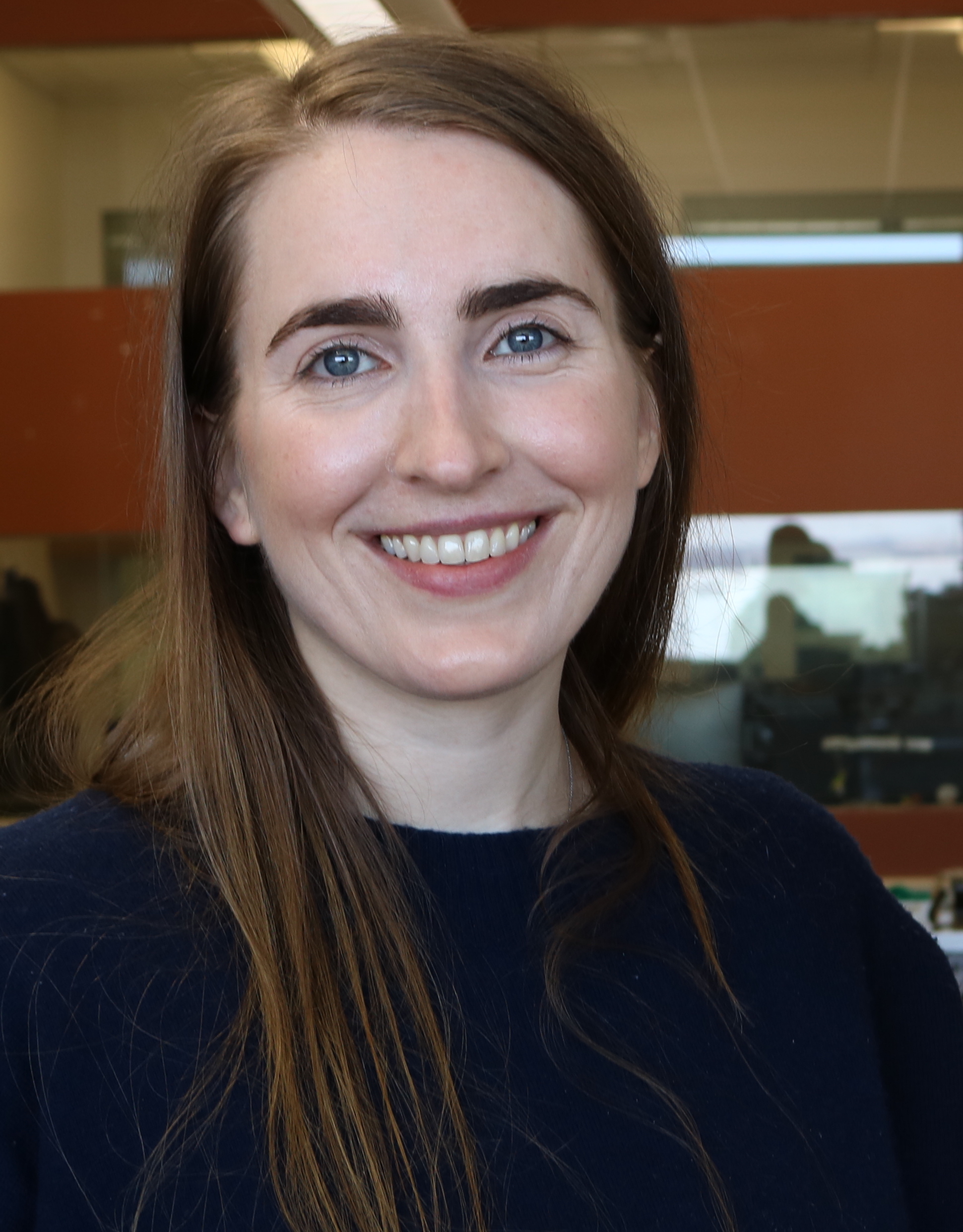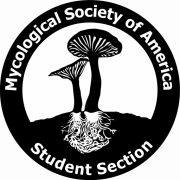
Kirsten Gotting is from Portland, Oregon. She is doing her PhD at the University of Wisconsin-Madison. Her current advisor is Cameron Currie.
Tell us about your project!
I’m really interested in evolution and diversification, and how symbiosis plays a role in these processes. The system I work on is the fungus-growing ant-microbe symbiosis. More specifically, I work on the specialized mycoparasite Escovopsis, which consumes the fungus that the ants cultivate. One of the cool things about fungus-growing ants is that they have been growing fungus for 55 million years, which for perspective was around when the dinosaurs went extinct. We don’t know when Escovopsis specialized on the fungus-growing ant cultivar, but we do know that it parasitizes almost every type of fungus-growing ant agriculture and there are specific species of Escovopsis that infect the different agricultures. I’m excited to learn more about the evolution of this parasite and how it has adapted and differentiated across ant agriculture.
What are your career goals/plans?
I came for my PhD because I really want to be a group leader some day. I love everything about basic research and can’t imagine a better job! My second choice would be some sort of data analysis project manager; data analysis and visualization is one of my favorite things on the job.
What is your favorite fungus and why?
This is so hard for me, so I’m going to name a couple. First off, the flagellated fungi that live in cow guts. I just find them absolutely fascinating, especially since when I think of flagellated fungi, chytrids and dead amphibians mostly come to mind. But the idea of having a mutualist with similar morphology in ruminant guts dispels that image for me and brings up a bunch of questions: How did they get there? How did they survive in early ruminant guts? How have they adapted to that environment?
I also am also obsessed with rust fungi; the complexity of their developmental life histories amazes me in so many ways. They create so many unique structures and have so many hosts, what’s not to love? There’s also a ton of cedar apple rust on all of the apple trees in Madison right now (early September), and while the telia are beautiful, the shape of them low-key triggers my gag reflex.
What is your favorite fact/thing about fungi?
Definitely soy sauce. But also how little we know about them. There are so many species to discover, life histories to unravel, and interactions to manipulate that I could study them for twenty lifetimes and still have more questions. I also get really inspired by the range of research that people do with fungi, it seems like they are the perfect models for so many things how could you not want to dive in!
Who is your mycology role model?
This one’s super easy for me: Anne Pringle! I’ve never told her this, but when I was in undergrad, my Ecology professor Bitty Roy showed us a video of Anne doing her multi-year experimental survey on gravestone lichens. I remember thinking to myself, “Gosh it would be so cool to get to be like her some day!” and now I get to learn from Anne because she is on my committee! I’m so grateful that Bitty showcased women scientists in her classes. I got to reconnect with Bitty through the MSA because we were both at the meeting in 2019. I honestly never saw myself getting to the place in my life where I would get to do a PhD, so having these “full circle” moments with people I admire brings me more joy than anything else.
Any great stories from field work (funny/interesting/something that stuck out to you)?
Some of the fungus growing ants that we study live underground, so you have to dig an approximately two foot hole to find their nests. On my first field trip in Georgia, we were on our last day of digging ants and were trying to get as many colonies as we could. Currie lab postdoc Hongjie always “hit nest” first, but this time I was barely half way through digging my hole when he called out that he had gotten one. I couldn’t believe how fast he had finished! It felt like the further I dug, the harder it was getting for me. I asked him to come help me dig, and when he did, he exclaimed “This is like digging a rock!” Fortunately, teamwork got us to the ants by alternating digging until we got the nest. I later I come to find that the soil in the rest of the area was very soft in comparison, almost like sand, and I was kicking myself for picking a spot with really dense soil to start off with.
What do you like to do in your free time? What are your hobbies?
I read year round and in the winter I crochet while watching trash television. My favorite book I read this year was “The Left Hand of Darkness” by Ursula Leguin, it’s the first book in a while that I feel strongly compelled to read again. Ursula built up the story and alien culture in such an interesting way that actually made me want to experience the cold dark planet, which would normally terrify me mostly because I don’t like the cold. In the summer, I like to get outside, but this summer has been challenging. Luckily, I found a new passion in SUP! In Madison we are fortunate enough to be within a couple miles of three lakes, so it makes for the perfect setting for pandemic era socializing.
Anything else you’d like to talk about?
One thing that I am really interested in is the history of genetics and specifically how it has harmed marginalized groups. I am getting my PhD through the Genetics Training Program at UW Madison, and one thing that struck me in my required course work was that there wasn’t any mention of eugenics or eugenics perpetrators, who are often the same people who contributed to foundational genetics principles. I had the same kind of feeling throughout my undergraduate coursework. This knowledge gap in many genetics classes really frustrated me. I felt like the whole curriculum that I had partaken in over the years ignored the socio-political impacts of how eugenics was a large start of genetics research in the US and shaped a lot of governmental policy. I knew that there had to be other students out there that were frustrated by the lack of acknowledgement of how much harm this field can have, and that it may have pushed those students away from science and genetics.
When the civil rights protests began this summer, I felt incredibly motivated to try to make a change in my department. I got in touch with faculty in the department and suggested that there could be an entire class on how genetics has shaped policy that harms marginalized groups and that these topics should be in every class. I’m really happy to say that the faculty fully supported the idea and are now integrating these topics into their coursework, whether it be naming perpetrators in the field, or including case studies where genetics directly harmed marginalized groups. In addition, a peer and I put together a reading group with a focus on scientific accountability where we highlight specific instances where genetics has done harm, or how we can improve our genetics pedagogy to be more inclusive. So far, it’s been a really great space where faculty and students have gathered to talk about these topics. I’m really excited to see where it goes in the next year. Thus far, we’ve already started a focus group to dig up information about how our genetics department connected to eugenics in the early 1900’s. I can’t wait to see what else comes from it and hope that departments at other universities adopt similar integrations of historical perspectives into their coursework. I’m not sure what the long lasting impact of this will be, but I hope that it helps serves as a start to greater change.


Leave a Reply